The focus of the third day of the Deliberate Creativity Workshop was to start applying the concepts discussed during the first two days: imagination, creative thinking, and divergent and convergent thinking. As in Days 1 and 2, we began with a warm up exercise. This time we used a modified version of the exercise “This is not a chair” proposed by Kim et al. (2009), which is rooted in negating a given object. In the original version, participants are asked to purposely negate an object and propose new ideas. Rather than doing this, we gave each participant an alternative explanation of what the chair was and each person had to present the chair as the new object in a convincing way. I created a list of wildly different, unrealistic, and imaginative objects to challenge participants’ conceptual and analogical thinking to create a plausible explanation. This is the list of alternative objects; each was randomly given to each participant:
- Main actor in a romantic movie
- High end artisanal meal
- Sub aquatic plant
- Motorcycle for the dessert
- Tool to make chocolate
- Firefighter suit
- Dehydrated space meal
- Jewelry for elephants
- Satellite for counting meteorites
- Ceiling fan for camping
- Haute couture shoe
- High tech submarine
- Repellent cream for mosquitos
Each person had 90 seconds to prepare a pitch and 45 seconds to convince the group that the chair was actually something else. Results showed the gigantic imagination evolution in all participants since day one. Each person did a great job not only creating a compelling story but also interacted with the chair to help the rest see the chair with fresh eyes.
After this, to put workshop concepts into practice, each participant chose a real personal or work project they wanted to work with. Projects were super diverse, including: How might we enjoy the creative act? How might we activate green public spaces? How might we improve communication in public administration? How might we foster creativity in primary school? among others.
While each person would mostly work individually, some parts of the creative process benefit from team work. So before diving into working on the projects, participants engaged in a role play exercise focused on team dynamics. I came across a version of this activity almost ten years ago, and since then I have been adapting it to specific team behaviors I want to highlight. For this workshop, participants were clustered in groups of four and assigned a card with a number on the front – 1, 2, 3, and 4 – and instructions on the back for how to behave towards each of the other numbers. For creativity workshops and classes, I focus on four common behaviors:
- The Converger: Say “Yes, but” to everything the other team members say
- The Creative: Say “Yes, and” to everything the other team members say and build on what they say
- The Me-Me: Interrupt everything the others say and share something completely different and unrelated to the conversation
- The Grouch: Say “No” to everything the other team members say without adding anything else to the conversation
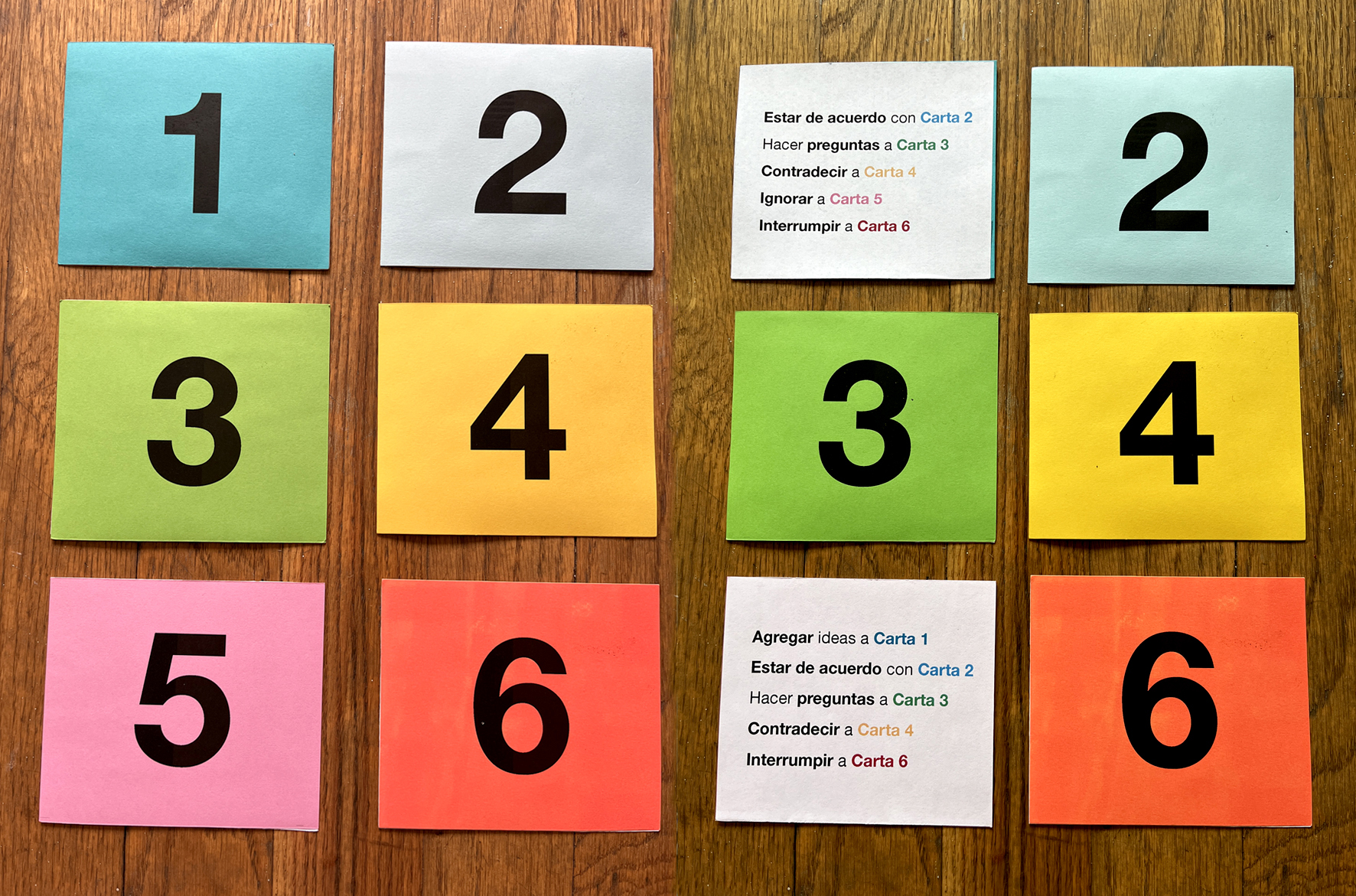
Teams are asked to create a list of at least 30 qualities that creative teams have by acting out based on their card instructions. This exercise is designed to mirror behaviors we often experience during work meetings, which means that, if done correctly, teams shouldn’t be able to write a single word as conversation is nearly impossible! By bringing these behaviors into the surface and given them names during the debriefing part of the exercise, participants become more aware of their own behaviors too and their importance for fostering creativity.
After these activities, we discussed the creative process, key behaviors, and techniques. The formulation of the problem statement as a How Might We (HMW) question using a positive verb was emphasized and practiced in pairs to help each participant reframe and articulate the problem in a clear way that could lead to achievable results. While we didn’t dive into it, we also touched on Challenge Mapping and the importance of understanding the type of challenge they are working on: strategic or tactical.
Transforming statements and facts into HMW questions was an eye opening exercise to many participants as it shed light on the impact that words can have on the problem solving process and the need to understand the root cause before start thinking about a solution – what do we really need to address? The day they ended with an idea generation session in teams where team members help each other generate ideas for 2074!
—
Kim, Y. S., Lee, S. W., Park, J., & Jeong, J. Y. (2009). Exercises for cognitive elements of design creativity. In DS 58-9: Proceedings of ICED 09, the 17th International Conference on Engineering Design, Vol. 9, Human Behavior in Design, Palo Alto, CA, USA, 24.-27.08. 2009 (pp. 287-298).
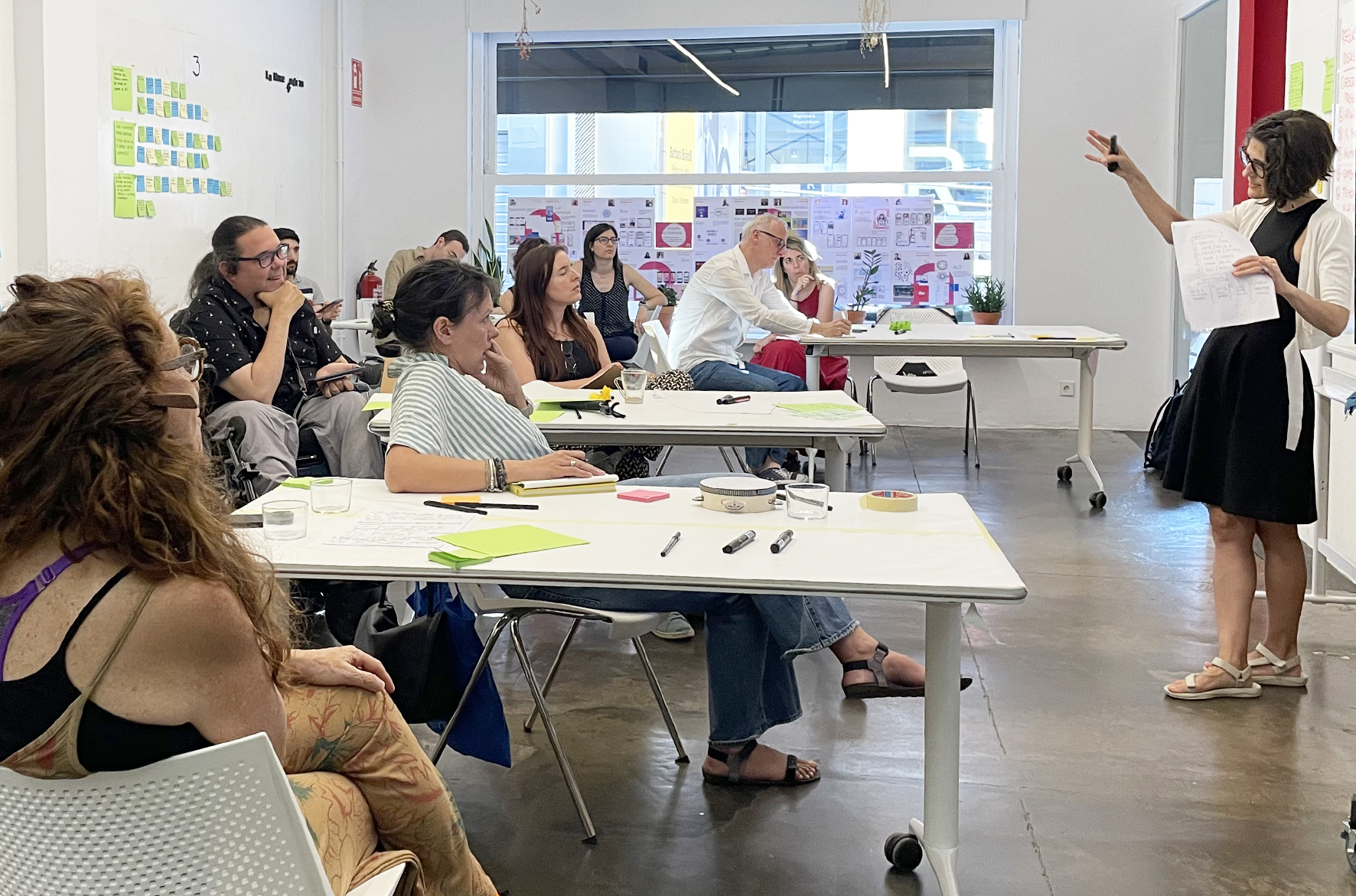
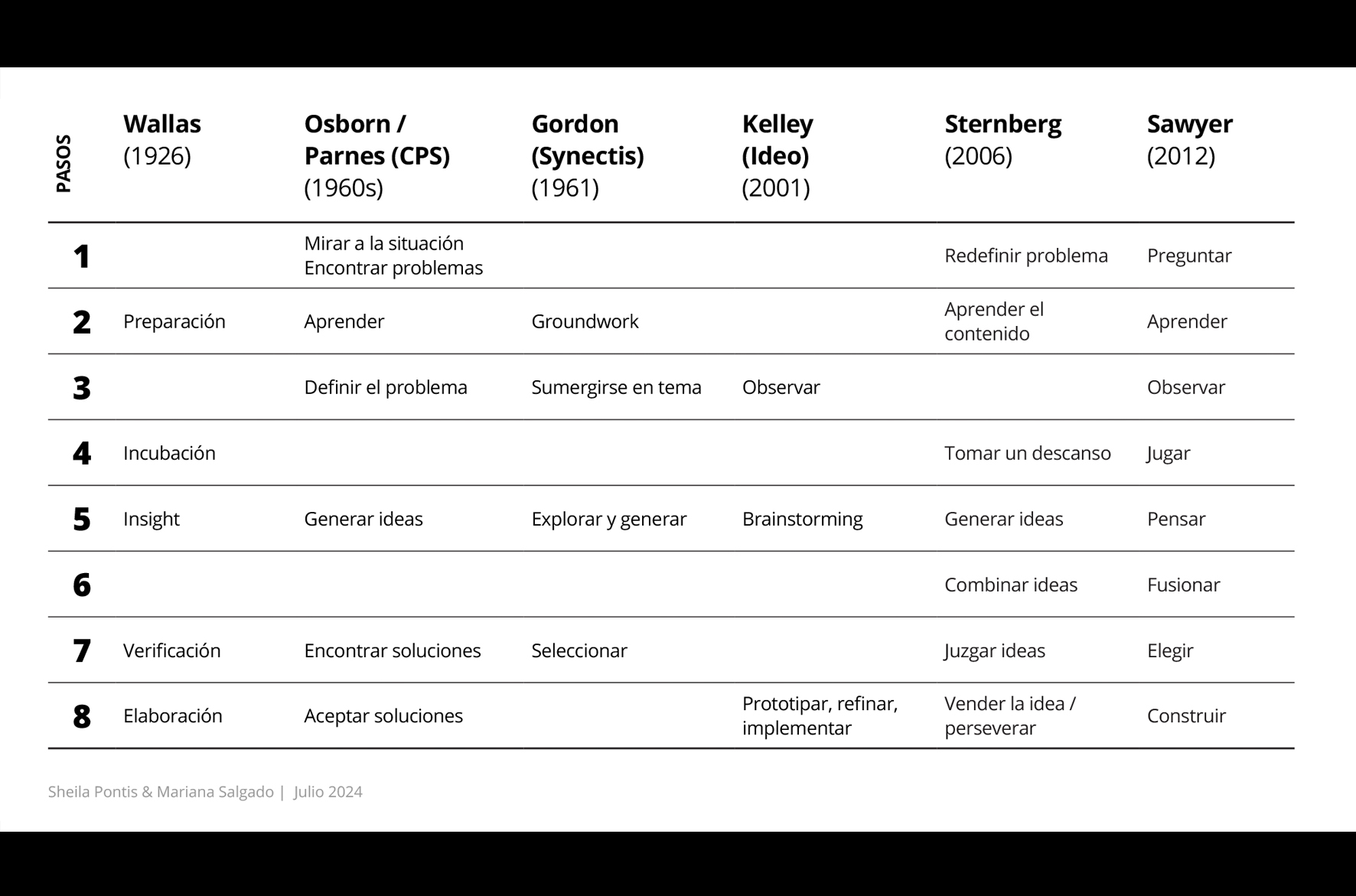
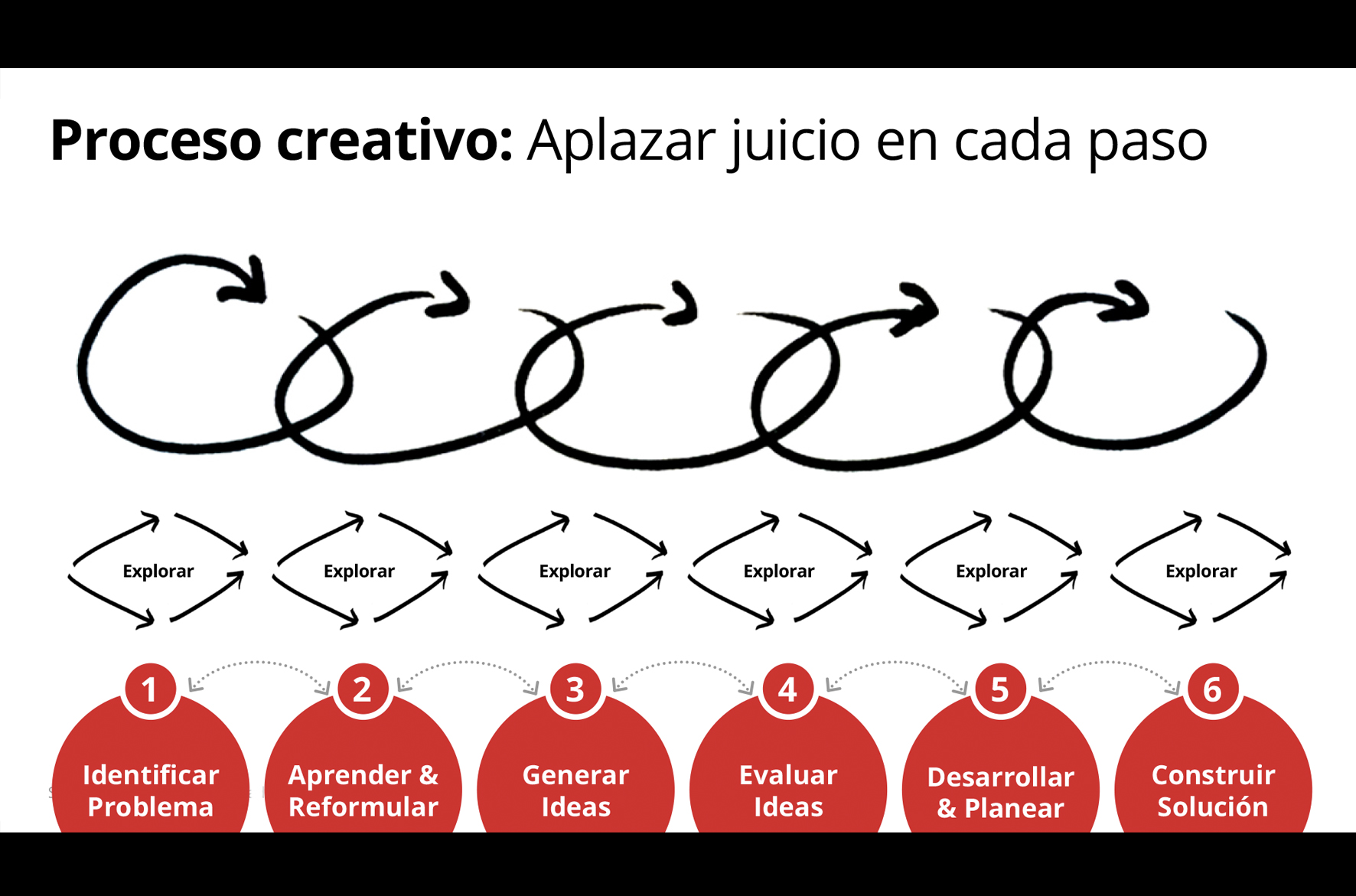

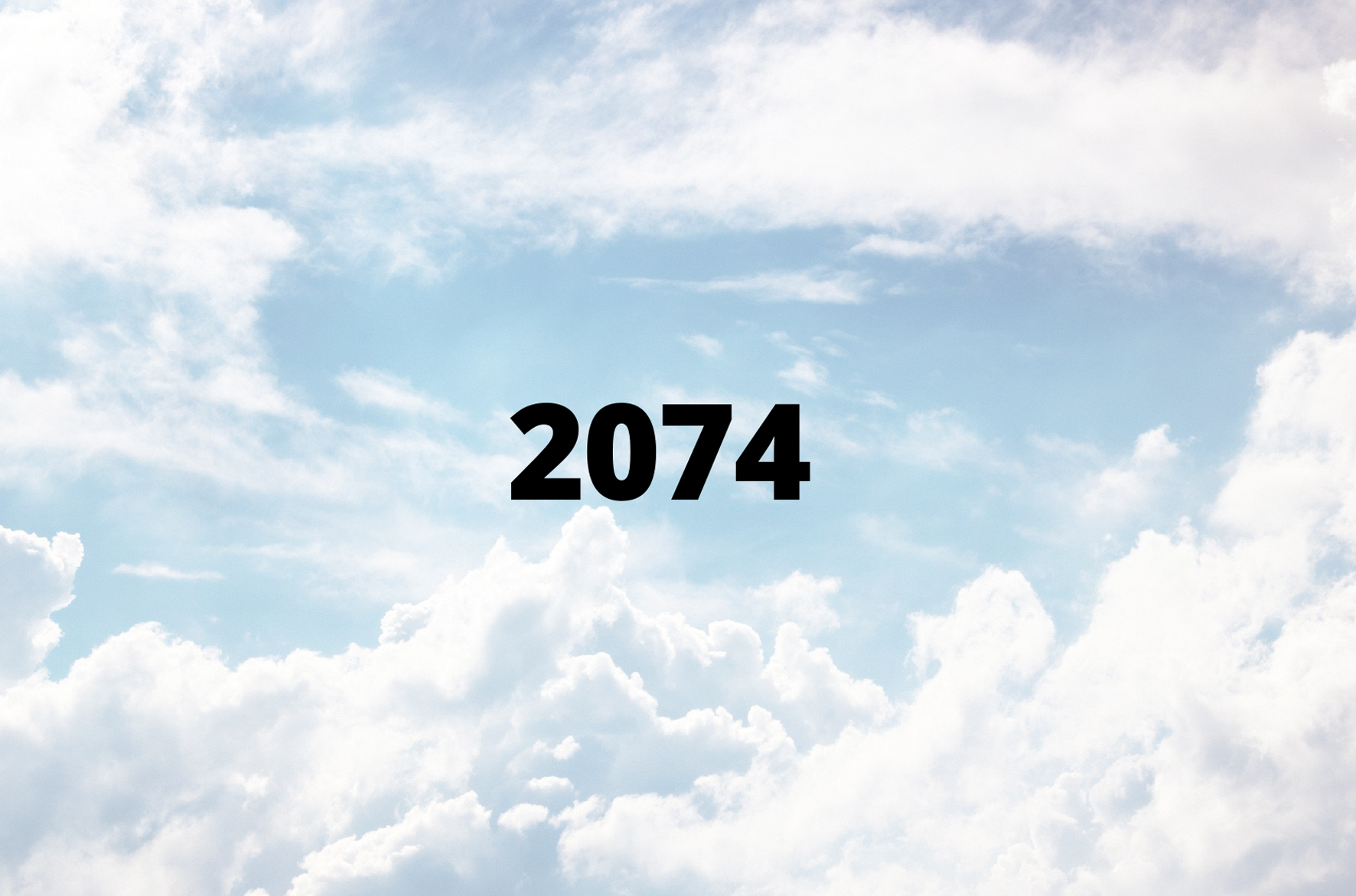
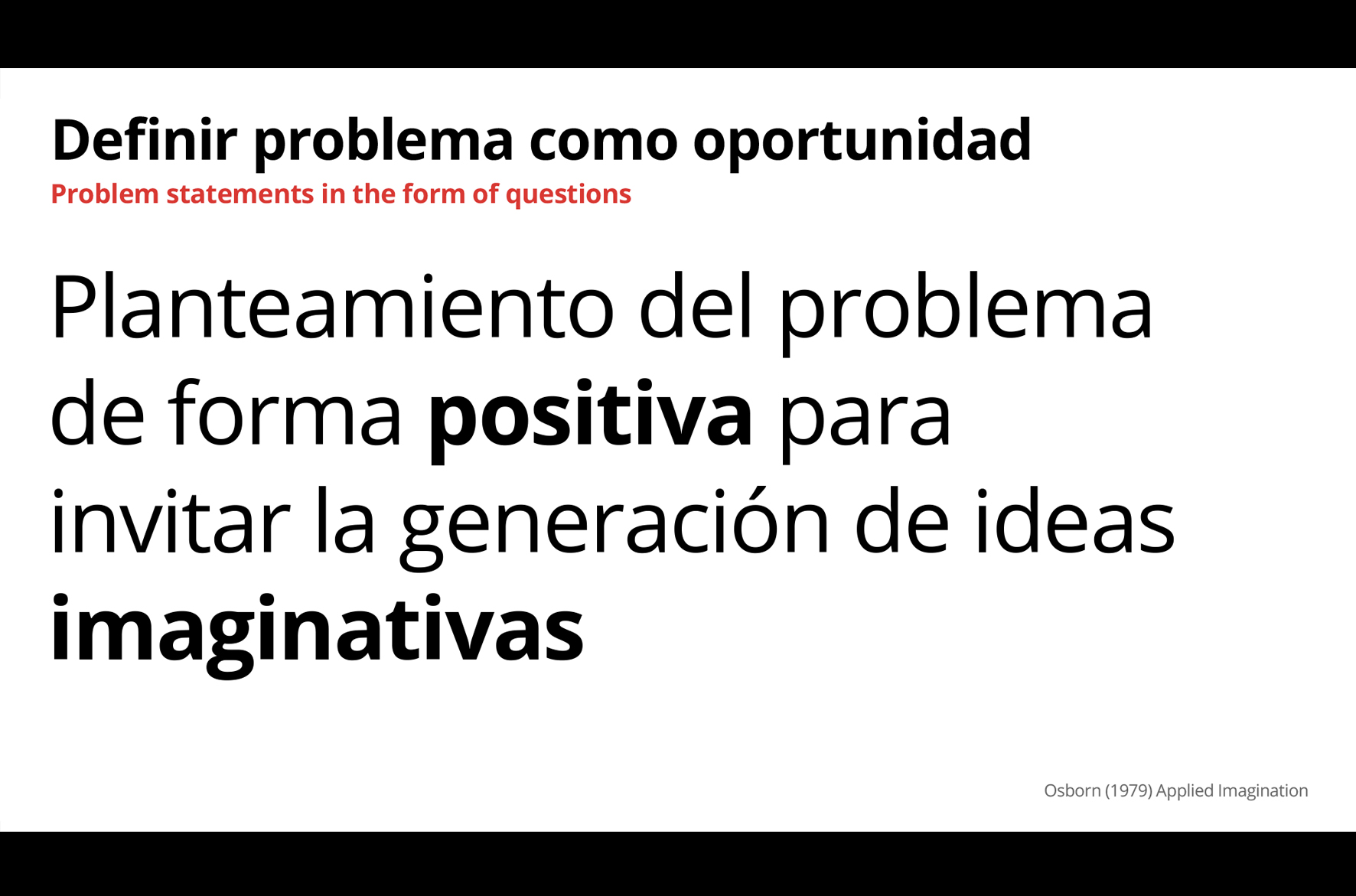
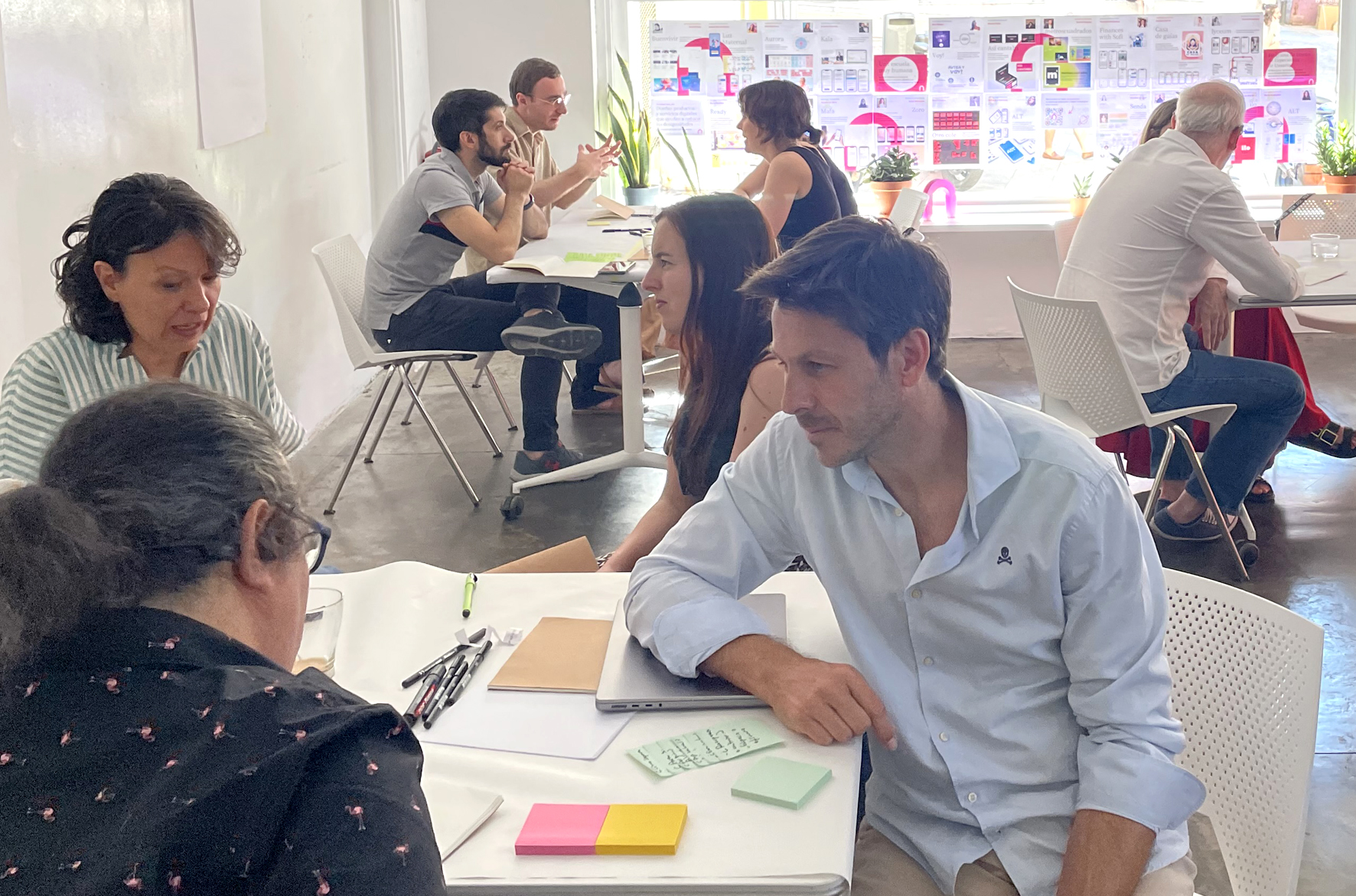
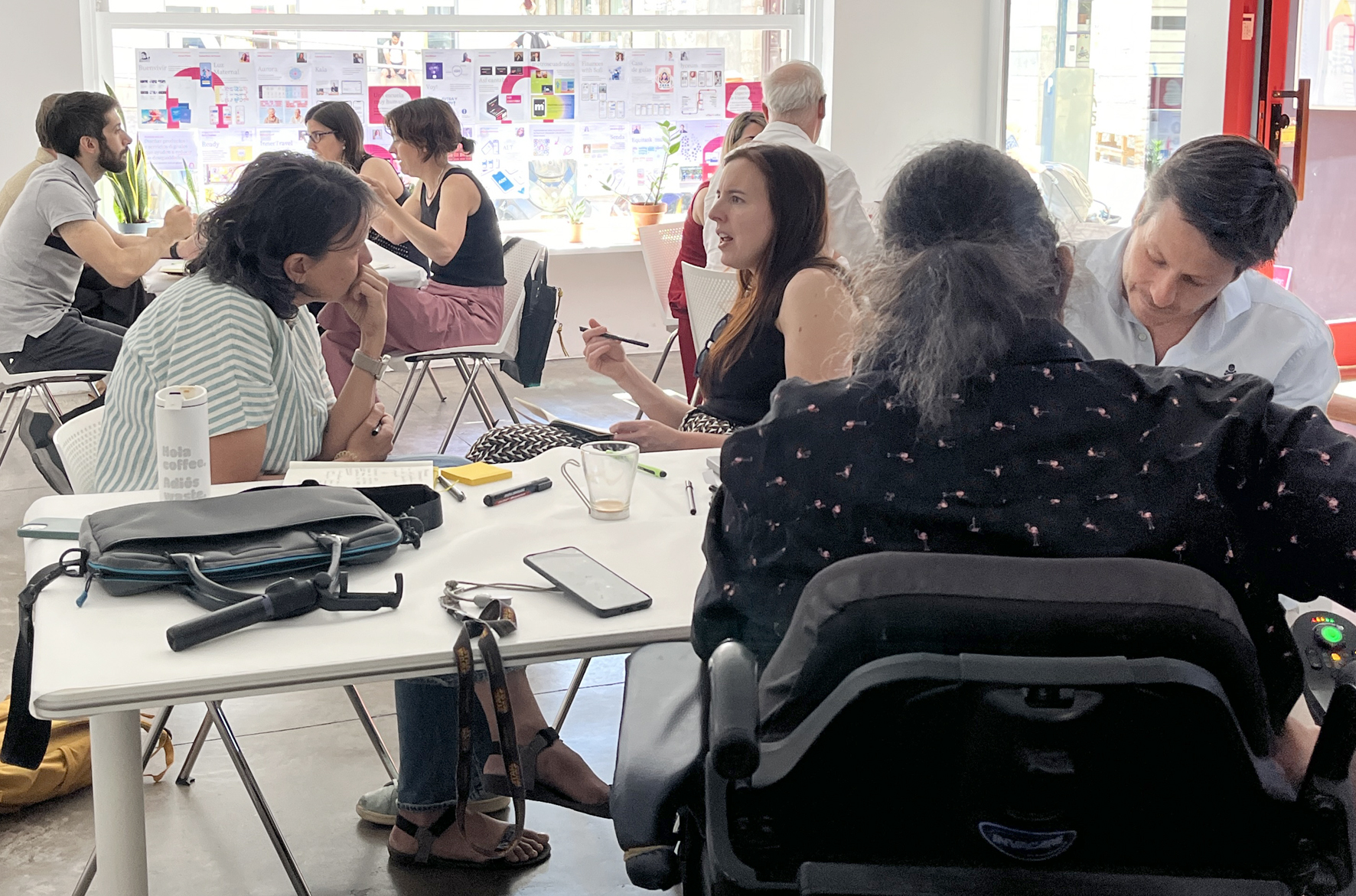

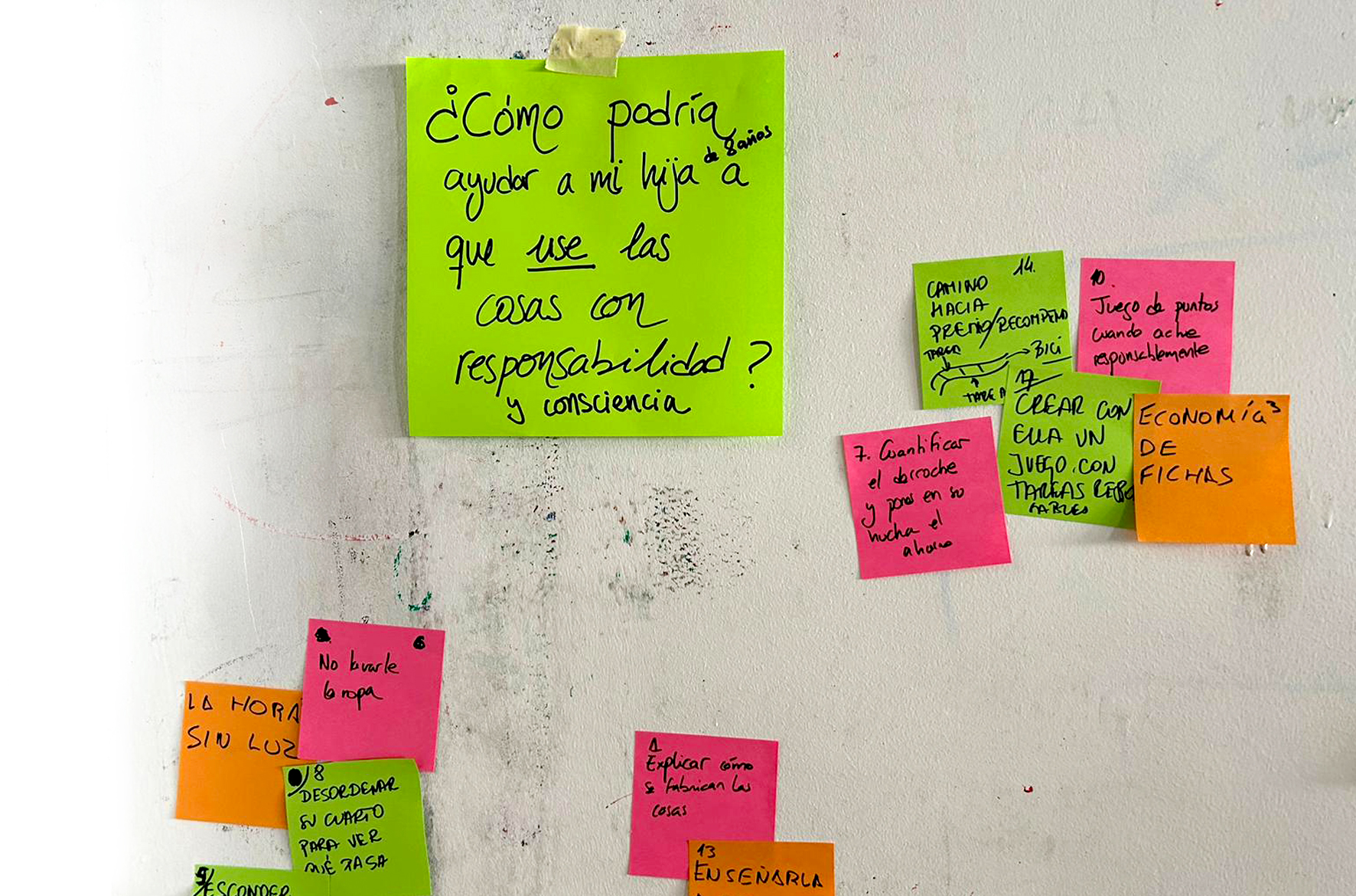
Leave a Reply